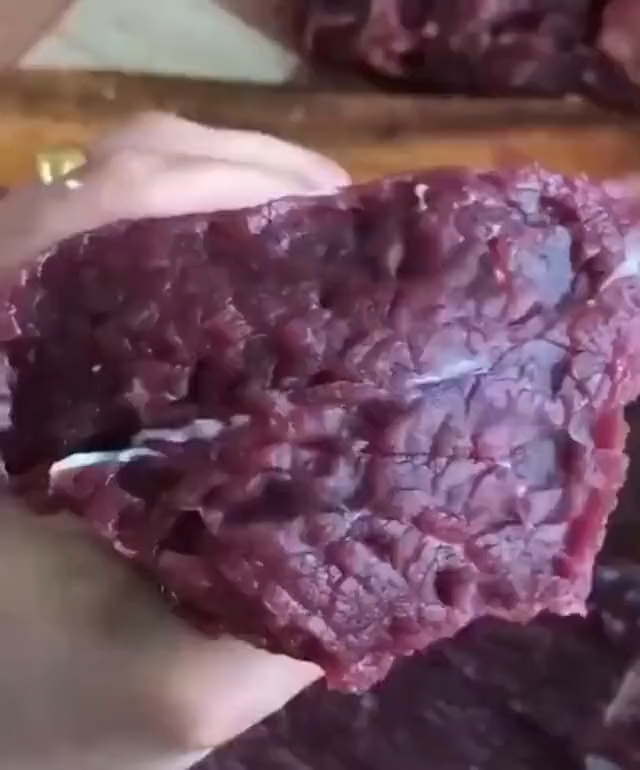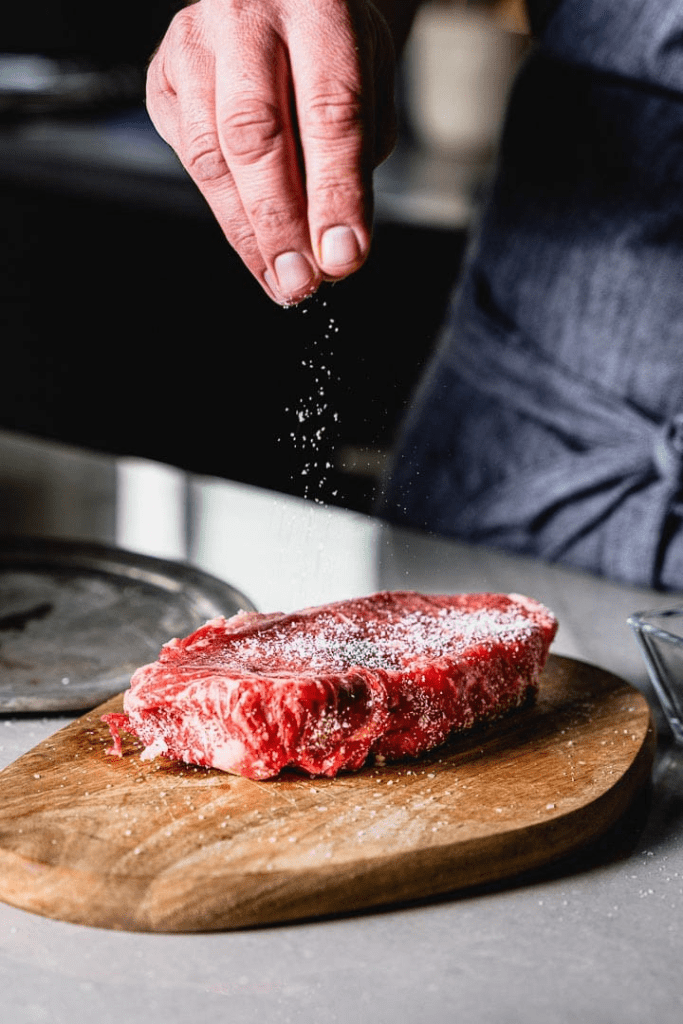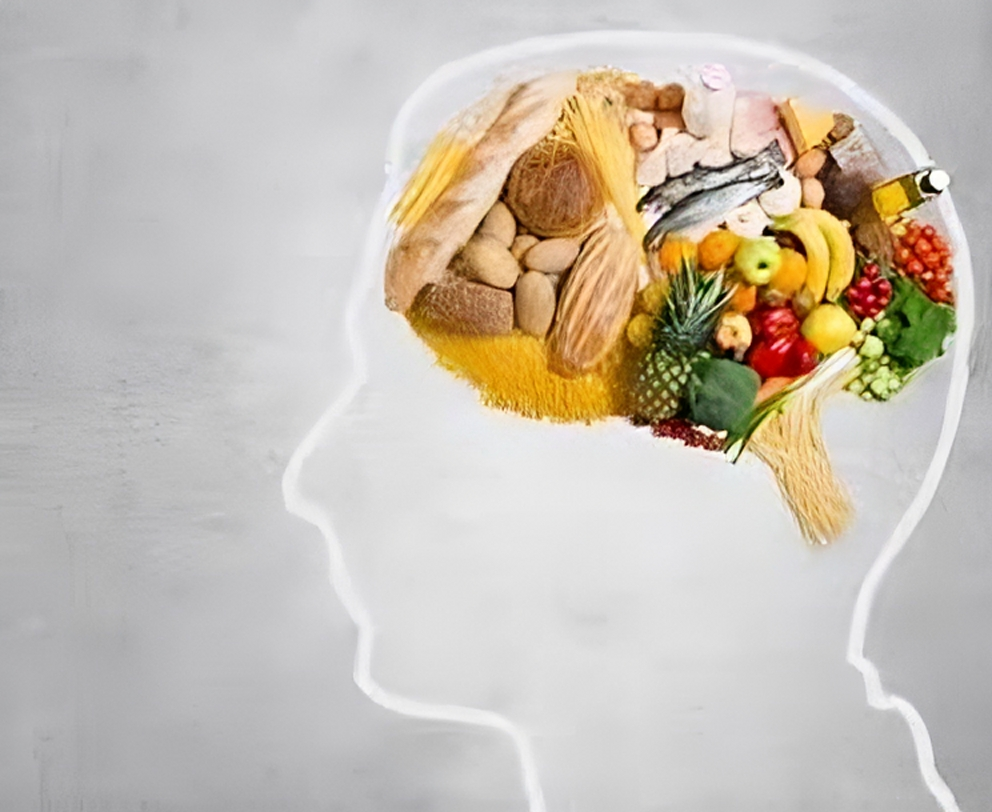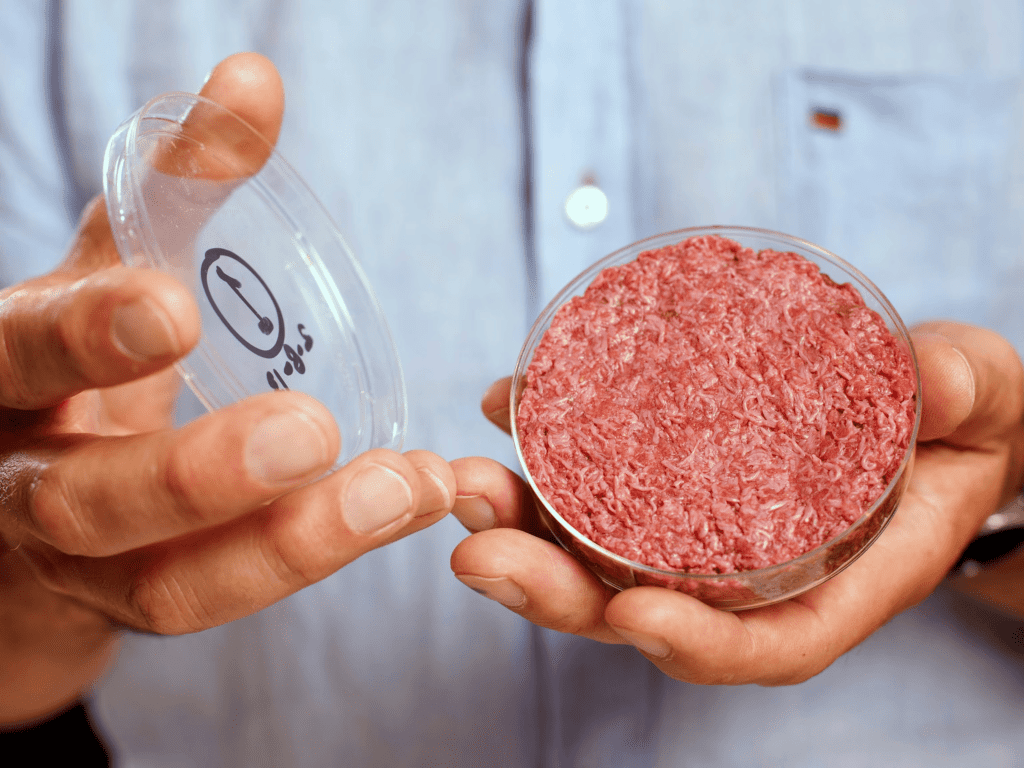To understand why the meat in the video twitches when salt is added, we need to look at the science behind it. The meat is extremely fresh, and the neurons in the muscle tissue are still intact. When salt is applied, it interacts with these neurons, causing them to fire off electrical signals. These signals prompt the muscles to contract, resulting in the twitching movement that has captivated—and horrified—so many viewers.

The Role of Neurons in Meat
Neurons are the cells responsible for transmitting electrical impulses throughout the body, including in muscle tissue. Even after an animal is slaughtered, these neurons can remain active for a short period, especially if the meat is fresh. When salt is sprinkled on the meat, it acts as a stimulant, triggering these neurons to send signals that cause the muscles to contract.
The Science Behind the Twitching
So, what’s really happening when you see meat twitch after salt is added? It all comes down to the freshness of the meat and the residual activity in the neurons. The salt stimulates these neurons, causing them to fire off one last time. While it might look like the meat is coming back to life, it’s actually just a natural response to the salt’s interaction with the nervous system.
Salt and Its Effect on Muscle Tissue
Salt, or sodium chloride, plays a significant role in muscle contraction. In living organisms, sodium ions are crucial for generating electrical impulses that cause muscles to move. When salt is added to fresh meat, it can create a similar effect, temporarily reactivating the neurons and causing the muscles to twitch.
Historical Examples of Similar Phenomena

This isn’t the first time such a phenomenon has been observed. Similar reactions have been seen in freshly prepared squid dishes where soy sauce, which is high in salt, is poured over the tentacles, causing them to twitch as though the squid were still alive. Frog legs have also been known to twitch when salt is applied, even long after the frog has been prepared for cooking.
Why the Video Is Unnerving
Adding salt to freshly cut muscle causes it to spasm. pic.twitter.com/h5GAp3NJYj
— Weird and Terrifying (@weirdterrifying) January 9, 2023
While the science explains the twitching, it doesn’t necessarily make the sight any less disturbing for many viewers. The idea of meat moving on its own, even if it’s just a muscle reaction, can be unsettling. This reaction is amplified by the fact that we don’t typically expect to see food move after it’s been prepared.
Rethinking Dietary Choices
The viral video has prompted some viewers to question their dietary habits, with a few even considering giving up meat altogether. While the twitching meat is a natural occurrence, it serves as a stark reminder of where our food comes from and the processes involved in bringing it to our plates.
Scientific Curiosity vs. Emotional Reactions
While some people find the video disturbing, others are fascinated by the scientific explanation behind it. Understanding the reasons for these muscle spasms can transform the initial shock into curiosity, leading to a deeper appreciation of the biological processes at play.
Comparing Reactions in Different Cultures

It’s worth noting that reactions to such phenomena can vary significantly across cultures. In some cultures, seeing food move or react is a normal part of the dining experience, particularly with dishes like live seafood. However, in other cultures, such movements can be perceived as unsettling or even repulsive.
The Role of Freshness in Meat Quality
The fact that the meat in the video is fresh enough to still have active neurons suggests a high level of quality. Freshness is often associated with better flavor and texture, which is why many chefs and food enthusiasts seek out the freshest ingredients possible. However, this level of freshness can also lead to unexpected reactions like the ones seen in the video.
The Importance of Food Education

Videos like the one that went viral serve as important reminders of the need for food education. Understanding the science behind what we eat can help demystify these occurrences and reduce the fear or discomfort they might cause. Knowledge empowers us to make informed choices about our food and how it’s prepared.
Conclusion: Embracing the Science of Food
While the sight of meat twitching after salt is sprinkled on it might be unnerving at first, understanding the science behind the phenomenon can make it less bizarre. The next time you see a video like this, you’ll know that it’s simply a natural reaction of the neurons in the fresh meat. It’s a fascinating example of how biology continues to play a role in our food, even after it’s been prepared for cooking.


